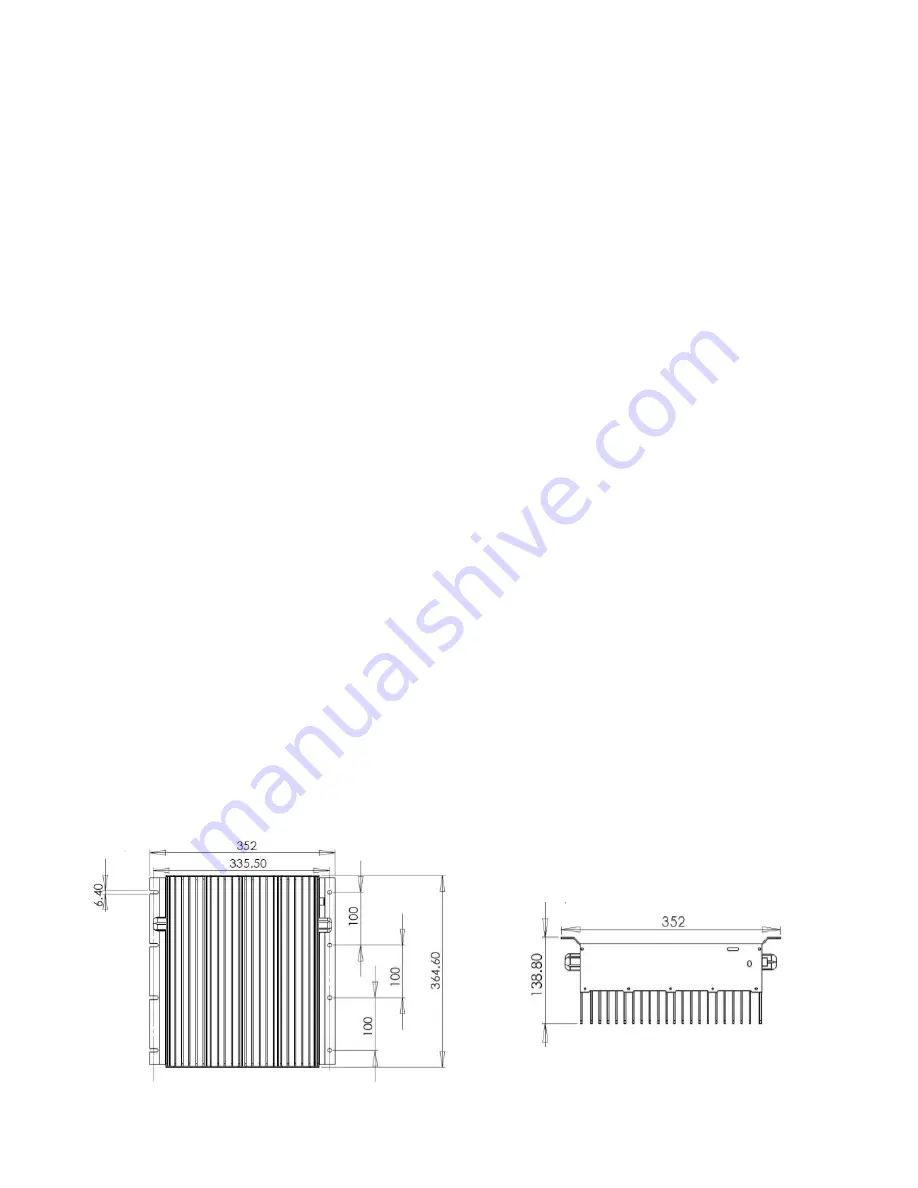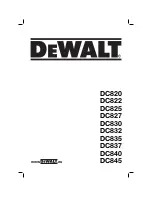
put the battery charger near any heat sources. Make sure that free space around the
charger is sufficient to provide adequate ventilation and easy access to cable
sockets.
4. For safety and electromagnetic compatibility the battery charger has a 3-prong
plug that will only plug into a properly grounded outlet.
5. To avoid damaging the power cord, do not put anything on it or place it where it
will be walked on. If the cord becomes damaged or frayed, replace it immediately.
6. If you are using an extension cord or power strip, make sure that the total amps
required by all the equipment on the extension is less than the extension’s rating.
7. Verify that the selected charge curve is right for the type of battery to be
recharged.
8. In order to avoid voltage drop, the output cables must be as short as possible, and
the gauge must be adequate for the output current.
9. Do not try to service the battery charger yourself. Opening the cover may expose
you to shock or other hazards.
10. If the battery charger does not work correctly or if it has been damaged,
unplugged it immediately from the supply socket, from the battery and contact a
retailer.
11. In the case of thermal compensation for the battery voltage, it is necessary to
place the thermal sensor in the area of the highest battery temperature, such as
between 2 batteries near the center of the pack.
Attention!
To reduce the risk of electric shock, do not remove cover. Refer servicing to
qualified service personnel. Disconnect the mains supply before connecting or
disconnecting the links to the battery. Read the instruction manual carefully before
use. Verify that the selected charge curve is right for the type of battery you have to
charge.
Mechanical Dimensions
All dimensions are expressed in mm
4






















